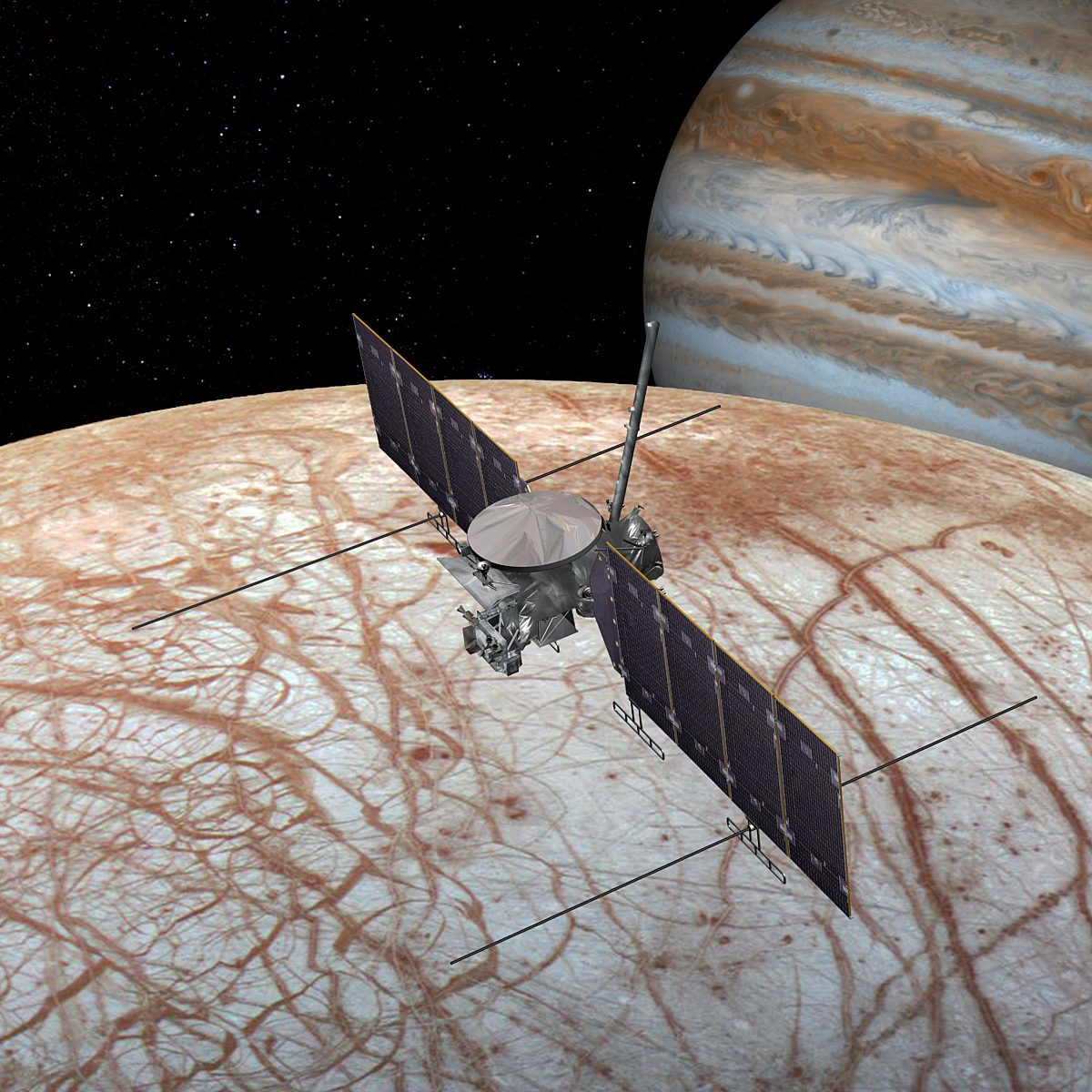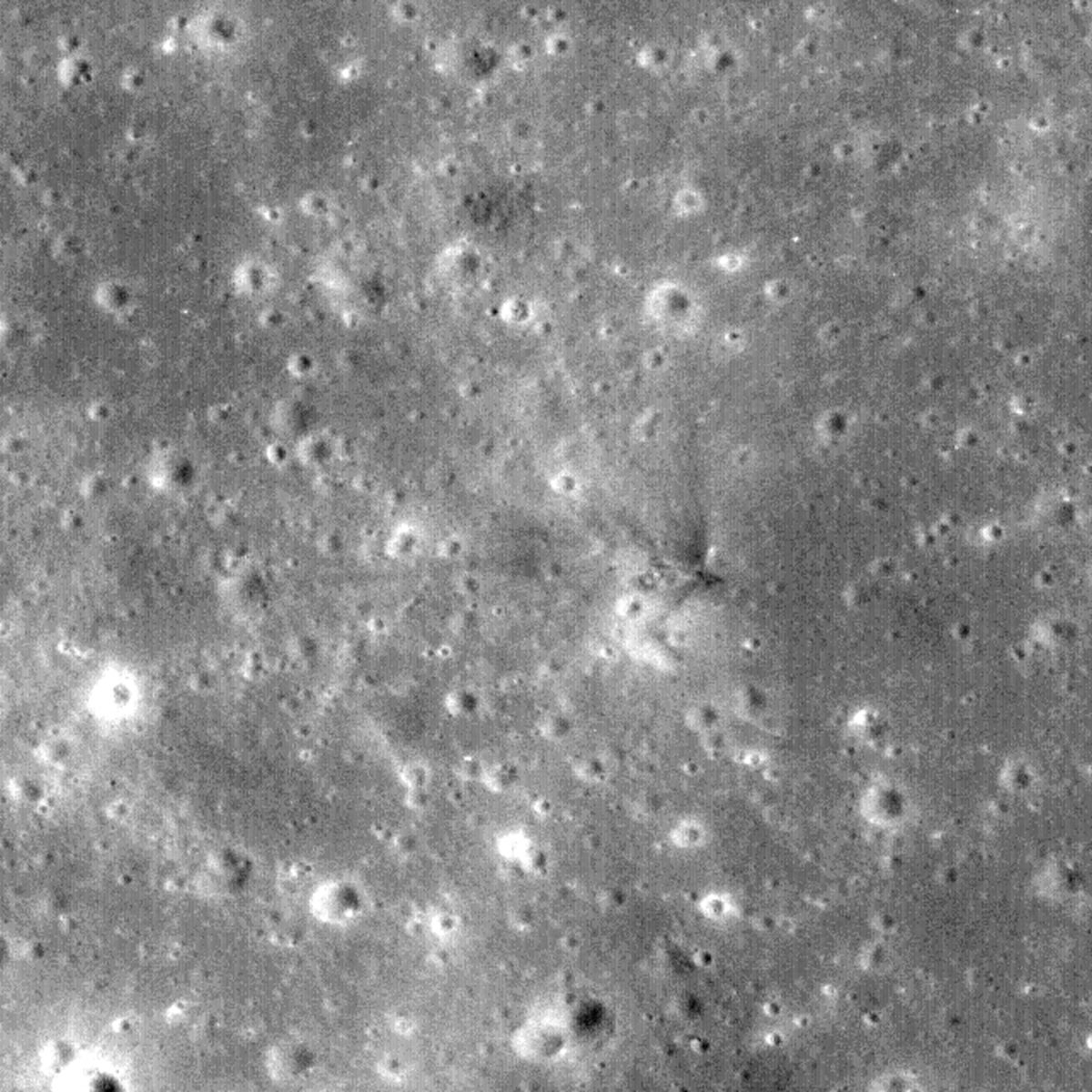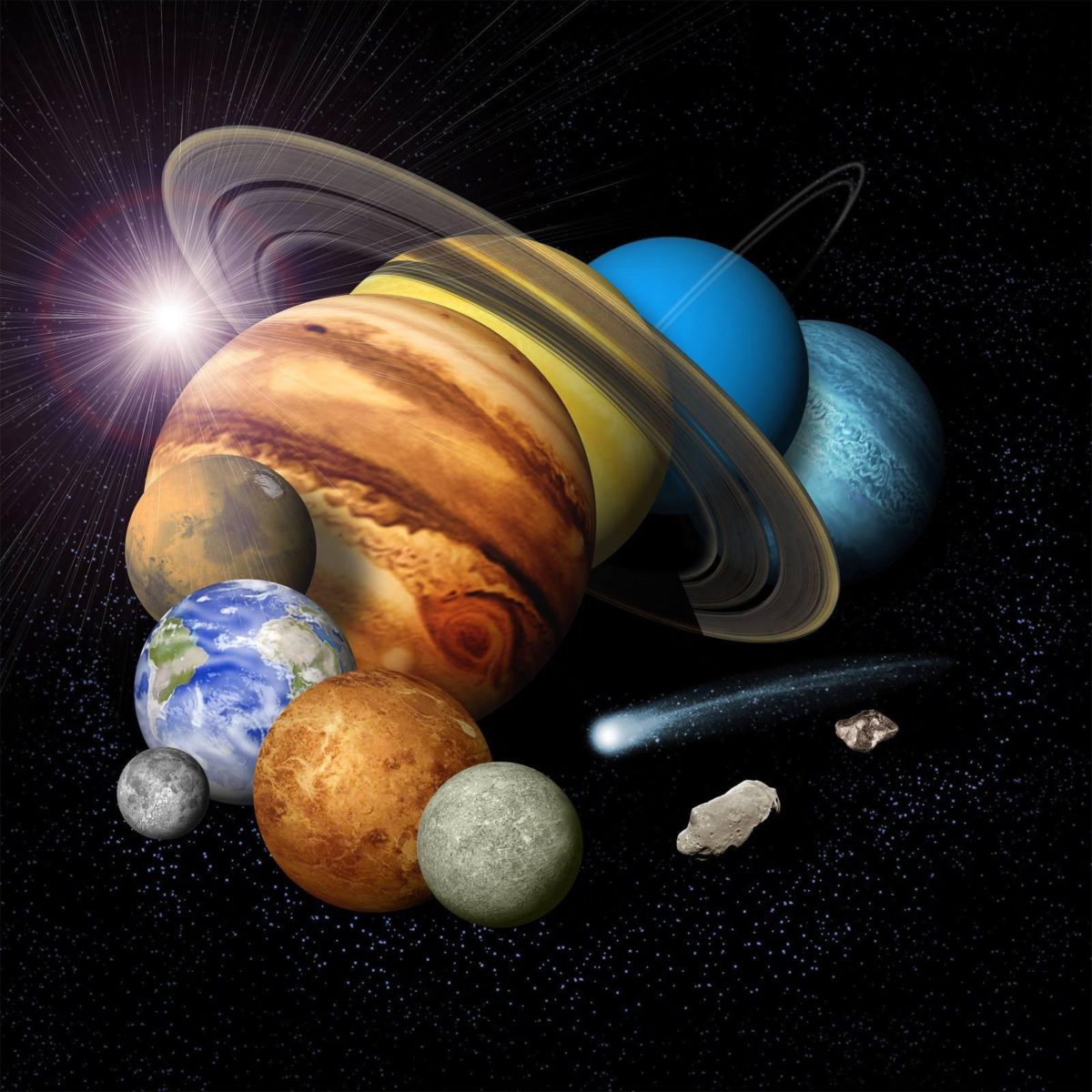All
All
Stories, updates, insights, and original analysis from The Planetary Society.
Citizen scientist spots changes on Rosetta's comet
Citizen scientist and self-described
Radar in Earth and Planetary Science: An Intro
Heather Hunter explains how radar works and what it's used for on Earth and beyond.
Wonderful potentially habitable worlds around TRAPPIST-1
Scientists have found seven, Earth-size planets orbiting a star just 40 light years away. Three lie in the habitable zone and could have water on their surfaces.
Did Voyager 1 capture an image of Enceladus' plumes erupting?
Amateur image processor Ted Stryk revisited Voyager 1 data of Enceladus and came across a surprise.
NASA's audacious Europa missions are getting closer to reality
Today, NASA announced progress on a spacecraft that would assess whether Jupiter's Moon Europa is habitable, and earlier this month, an agency-sponsored science team released a report on a separate lander mission that would directly search for signs of life.
Finding spacecraft impacts on the Moon
Over nearly 60 years of spacecraft exploration of the Moon, lots of spacecraft have crashed on the lunar surface—some accidental, some intentional. Phil Stooke hunts for their impact sites.
Everything you need to know about tomorrow's historic SpaceX launch
A SpaceX Falcon 9 rocket blasts off from a former space shuttle launch pad tomorrow morning. Here's a rundown of everything you need to know about the historic event.
Solar sailing in Japan: 10 questions for LightSail engineer Barbara Plante
Planetary Society CEO Bill Nye and LightSail systems engineer Barbara Plante recently traveled to Japan for a solar sailing symposium. Our Q&A with Plante discusses everything from CubeSat attitude control systems to robotic giraffes in Tokyo.
Space, Science, and Technology Take Center Stage
The Science Line—a non-profit working to bridge the gap between science, technology and fashion by inspiring youth through STEM fashion shows, competitions, educational kits and hands-on workshops—hosted the first STEM Fashion Show in partnership with the Challenger Space Center of Arizona.
Field Report from Mars: Sol 4639 - February 10, 2017
Opportunity has successfully clawed its way to within a few meters of the crater rim after spending the last few months climbing and the last two years inside the crater.
Want NASA to pick your space mission proposal? Two winning scientists share some tips
NASA is currently accepting proposals for its next New Frontiers-class planetary science mission. What does the agency look for in a winning proposal? The two scientists behind the ORISIS-REx and Psyche missions share some tips.
See LightSail at the London Science Museum
The London Science Museum, one of the world’s leading science centers, has welcomed our citizen-funded spacecraft into its halls.
Microbes exist deep inside Earth’s craters. Could this be the secret to finding life on other worlds?
Earth possesses amazing biological diversity. Every corner of this planet—no matter how bizarre the place—is inhabited by microorganisms. This includes impact craters.
Field Report from Mars: Sol 4633 - February 6, 2017
Several sols ago, Opportunity made it up and past the steepest section of its climb out of Endeavour crater.
Mars Exploration Rovers Update: Opportunity Celebrates the Big 1-3, Begins 14th Year of Ops!
2017 got off to a start that was unprecedented in every good way: Opportunity completed her 13th Earth year of surface operations and drove the first overland expedition of the Red Planet into its 14th year.
Curiosity update, sols 1548-1599: Serious drill brake problem as Curiosity drives through Murray red beds
Since my last update, the Curiosity mission has developed a better understanding of the problem that prevented them from drilling at Precipice, but its intermittent nature has slowed the development of a workable solution that will allow them to use the drill again. In the meantime, the rover has driven onward, making good use of its other instruments.
Dawn Journal: A New Perspective on Ceres
Dawn has moved into its sixth orbital phase, with a new sun angle that provides an opportunity to gain a new perspective on the asteroid Ceres.
Explorer of Enceladus and Titan
For the third time in less than a decade, scientists have proposed a multiple-flyby mission to explore the habitability of Saturn’s ocean moons Titan and Enceladus.
The Winter 2016 issue of The Planetary Report
The Winter 2016 issue of The Planetary Report is on its way to members’ doors, showcasing the stunning year in pictures.
Let's talk about this whole Moon vs. Mars thing for human spaceflight
NASA's current human spaceflight goal is Mars, but the Trump administration could change that to the Moon. Is that a good idea? Here's an in-depth look at the differences in science gain, the arguments for and against a potential commercial market, and whether or not the technological and operational challenges required to reach the Moon apply to Mars.


 Explore Worlds
Explore Worlds Find Life
Find Life Defend Earth
Defend Earth


 Sun
Sun Mercury
Mercury Venus
Venus Earth
Earth Mars
Mars Jupiter
Jupiter Saturn
Saturn Uranus
Uranus Neptune
Neptune Small Bodies
Small Bodies















